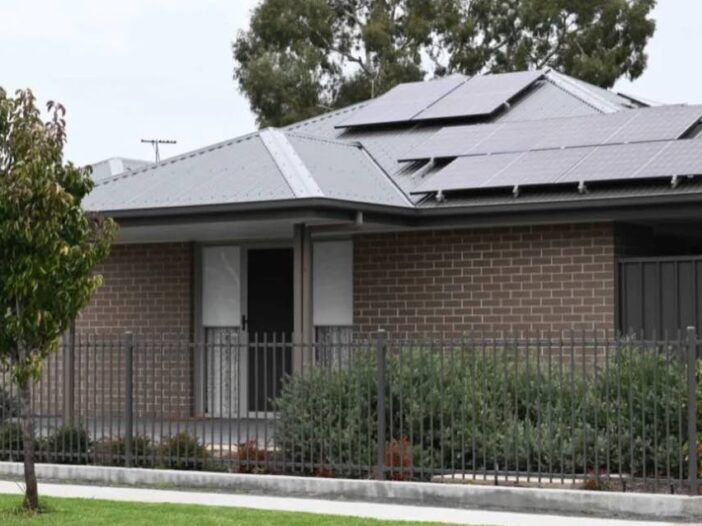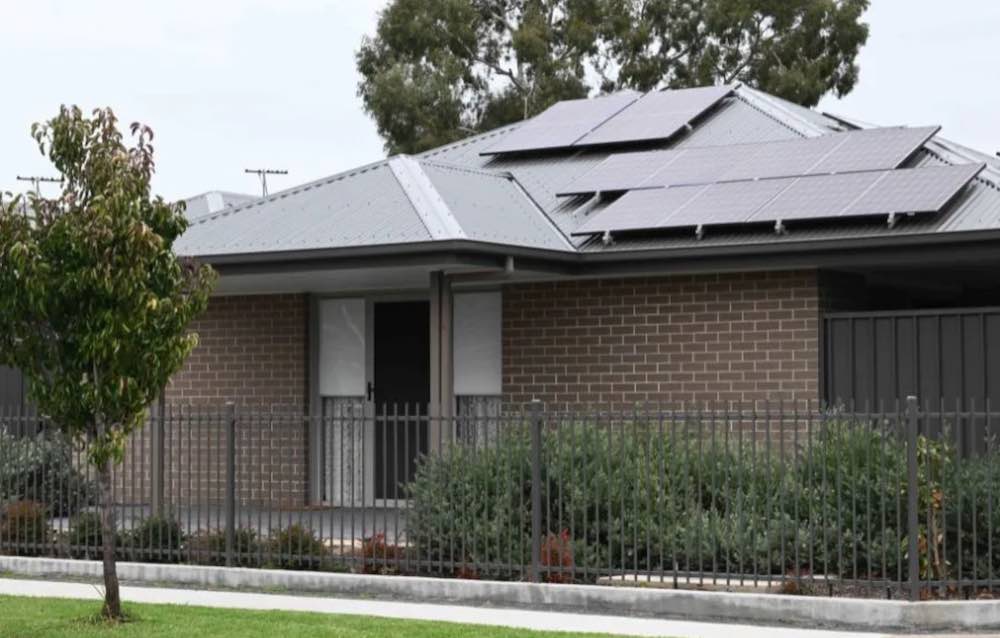
Residents of Melbourne’s social housing portfolio will see their power bills cut by as much as $400 per year thanks to a new partnership which will use onsite solar PV and renewable energy from the grid to power the apartment complexes.
At the beginning of the year, the Victorian state government banned new residential embedded networks – which allowed the owner of the site to sell energy to tenants and residents.
In its place, the Victorian government introduced Local Energy Networks, or LENs, which require 5% or more of the electricity sold to residential customers to come from on-site renewable generation, with the remainder to be sourced from offsite renewable energy facilities.
On Monday, the Victorian government took this a step further in a partnership between Homes Victoria, which manages the state’s social housing portfolio, and LEN operator Energy On.
The new partnership will provide renters of social housing apartments the best energy deal in the market through a combination of onsite solar PV and renewable energy purchased from the grid.
According to the Victorian government, this will see the average energy bill for social housing renters drop by $400 per year compared to the current Victorian Default Offer.
LENs are being rolled out at social and affordable housing sites in Ascot Vale, Ashburton, Heidelberg West, Hawthorn, and North Richmond.
Homes Victoria, part of the Victorian government’s department of families, fairness, and housing, will manage each site-specific network that supplies electricity and hot water using 100% renewable energy.
It is expected that this new partnership will benefit more than 1,000 households – including 111 public housing, 415 community housing, and 484 affordable tenancies.
“We know that energy costs are affecting Victorians and this is about reducing costs for social housing residents while making their homes more comfortable year-round,” said Harriet Shing, Victorian minister for housing.
“We’re ensuring social housing properties are cooler in summer and warmer in winter, helping to protect the health of residents living in them.”
This new program builds on teh $112 million Energy Efficiency in Social Housing Program which is delivering cost and energy efficient upgrades for thousands of public, community, and Aboriginal housing properties.



